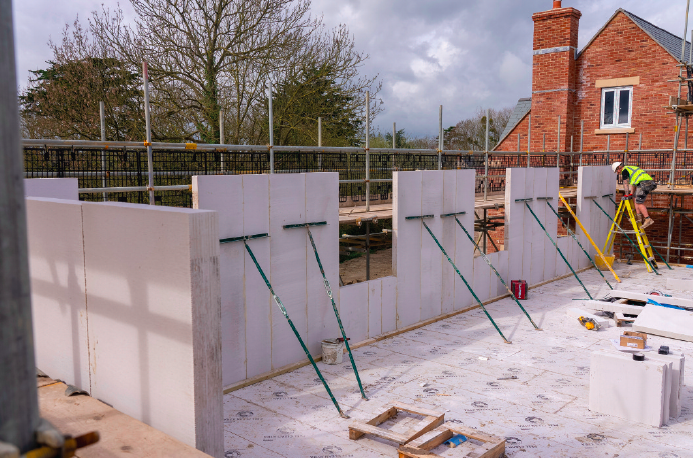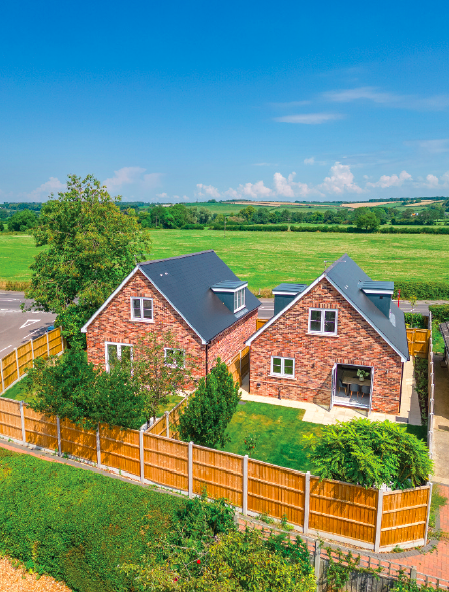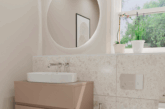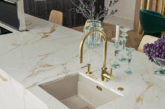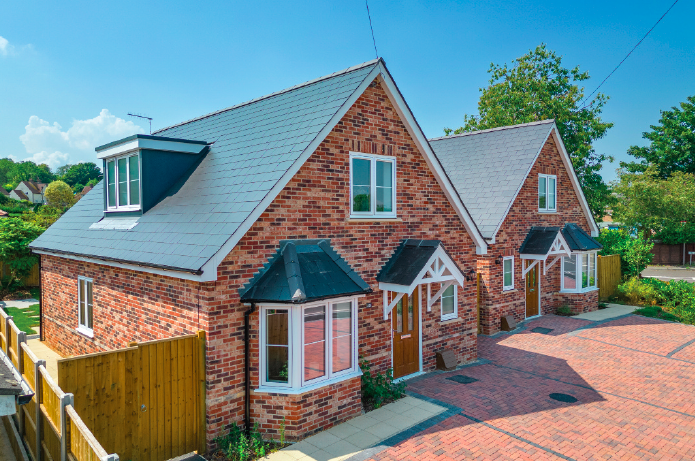
Why SME builders matter – and how manufacturers can support them. Jenny Smith-Andrews of aircrete manufacturer H+H gives a view on support for the smaller players in the housebuilding sector.
Our aircrete blocks are a staple of UK housebuilding. We supply the major housebuilders but we also support regional and smaller businesses. This gives us a good perspective across the working habits of different housebuilding enterprises – there are some stark differences.
The volume housebuilders are just that: Volume. This gives them huge power in the market but, strangely, their success also seems to entrench working practices that build in risk for the industry as a whole.We can see for example, that it’s typically the smaller companies that invest in building skills for the future. According to the Federation of Master Builders, SME enterprises train 8 out of 10 construction apprentices.
Innovation and the SME
In our experience, it also tends to be the SMEs who are more likely to try new methods, prepared to investigate innovations that change the very traditional ways that homes are currently built.
Although at first sight H+H is rooted in traditional building, we have repeatedly introduced innovative methods that could transform the speed and efficiency with which new homes are constructed. Typically it has been the smaller companies who are prepared to work with our technical teams and our on-site training support to investigate how these innovations could be employed.
Our most recent introduction is the Vertical Wall Panel. It’s still aircrete, with all the performance advantages that we advocate, but in storey-high panel form. Used with pre-fabricated floors and roof structures, these panels allow for the structural shell of a house to be completed on site in less than one week.
We saw this innovation as being perfect for the volume housebuilder – able to build standard house designs quickly. We thought it would be particularly appealing for their Section 106 homes, where speed of build is not driven by off-plan private purchases.
While we are making inroads into the volume housebuilders with this product, we have found the smaller housebuilders to be more immediately receptive to the concept of changing their construction model.
A volume solution working for a regional builder
An example of this is Karm Homes, a regional housebuilder typically completing around 15 units per year. Director, Martin Keenes is always looking for ways to build more efficiently and cost-effectively and was impressed by the degree of prefabrication provided by the VWPs. He has recently used them in a project of just two chalet-style homes on a small site in Dorset.
For this site, the panels were supplied as part of a complete i-House system through Roofspace Solutions. In this model, the entire fabric package, including walls floors and roof structure is provided and assembled on site. It’s super-fast and takes a lot of the risk away from the developer, who can concentrate on the internal design and external façade of the structure.
Martin Keenes, Director of Karm. Homes, says his team enjoys building with the Vertical Wall Panels, and feels it is an ideal system for smaller housebuilders developing niche sites. Where they can, they ensure the floorplate of each home is designed around the 600mm width of the Vertical Wall Panels, which allows them to reduce cuts, wastage, and time.
“We have looked at other MMC systems, such as SIPs, but found them to be more expensive than this masonry solution, plus the increased fire risk and insurance premiums associated with a timber build.
“We use local architects to design our houses. When we suggest H+H Vertical Wall Panels to them, they’re sometimes unaware of the option. However, once they’ve seen the system in action, they’re completely converted. We can’t understand why more companies are not using this solution.”
In our experience this is not an atypical reaction, and very welcome. Any manufacturer will need receptive customers to support the introduction of technical innovations. It’s partly about testing the model and partly about ensuring that production volume can grow in line with demand. It’s down to us to support the innovative customers prepared to try new ideas.
In our case this support is about providing technical expertise. On-site training of operatives is a no-brainer, while helping customers with challenging regulatory changes is also important. For example, meeting the thermal performance standards of the current Approved Document L and the imminent Future Homes Standard.
For these standards, the thermal performance of external walls is a fundamental requirement, but the way such performance is measured and evaluated changes, requiring complex calculations to demonstrate that the chosen design meets the standard. An issue in this regard is the calculation of thermal linear bridging, typically characterised by heat loss at junctions.
Our response to this challenge is to produce literally hundreds of heat loss calculations to cover a comprehensive range of design and material choices. These calculations are available for free download from our website.
In the same vein we provide standard robust details to help with calculations of acoustic performance (relating to part E) and our Environmental Product Declarations now give embodied carbon calculations to help builders provide the whole life carbon figures increasingly required by clients.
The biggest housebuilders have theresources and the in-house teams to cover much of this work, but we see the value in a more diverse industry and are happy to work with the smaller developers, providing technical support where necessary.
Government support for SMEs
It is from this position that we welcomed the recent Government announcements around more support for smaller housebuilders. Streamlining of planning, exemptions from Building Safety Act levy and biodiversity net gain requirements, alongside measures to help with access to funding and credit are all welcome. However, the smaller developers will need more than this – and genuine collaboration with manufacturers is one step that could make a material difference.
For more on H+H visit www.rdr.link/dbf035

